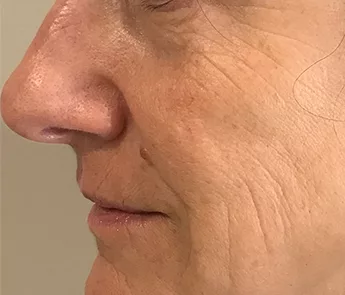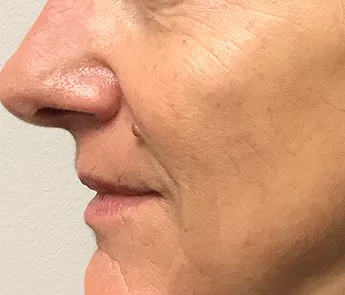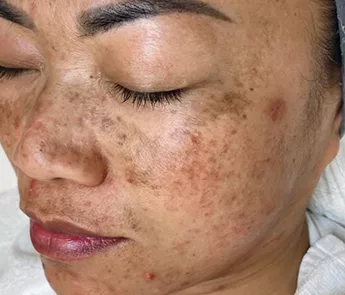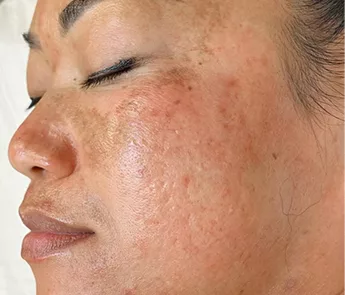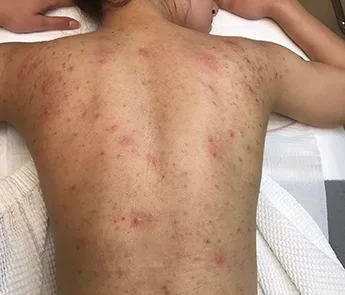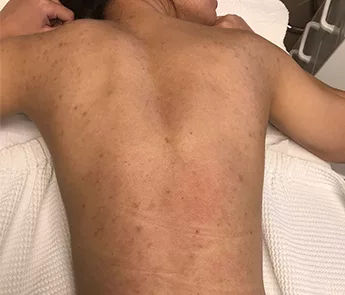What is a chemical peel?
Chemical peels are topical solutions containing carefully selected medical-grade ingredients that gently remove the damaged outermost layers of the skin, revealing a brighter, healthier, more vibrant complexion. Depending on a patient’s desired outcome, chemical peels can be performed on any part of the body to improve the appearance of fine lines, wrinkles, discoloration, and texture.
The science of a chemical peel.
The chemical solution of a peel is typically formulated with one or a combination of acids, such as trichloroacetic acid or alpha- and beta-hydroxy acids, which gently exfoliate the outermost layers of the skin. Depending on which peel you receive, additional ingredients in the formula can help decrease pigmentation, like resorcinol, hydroquinone, vitamin C, or soothing agents to minimize redness.

